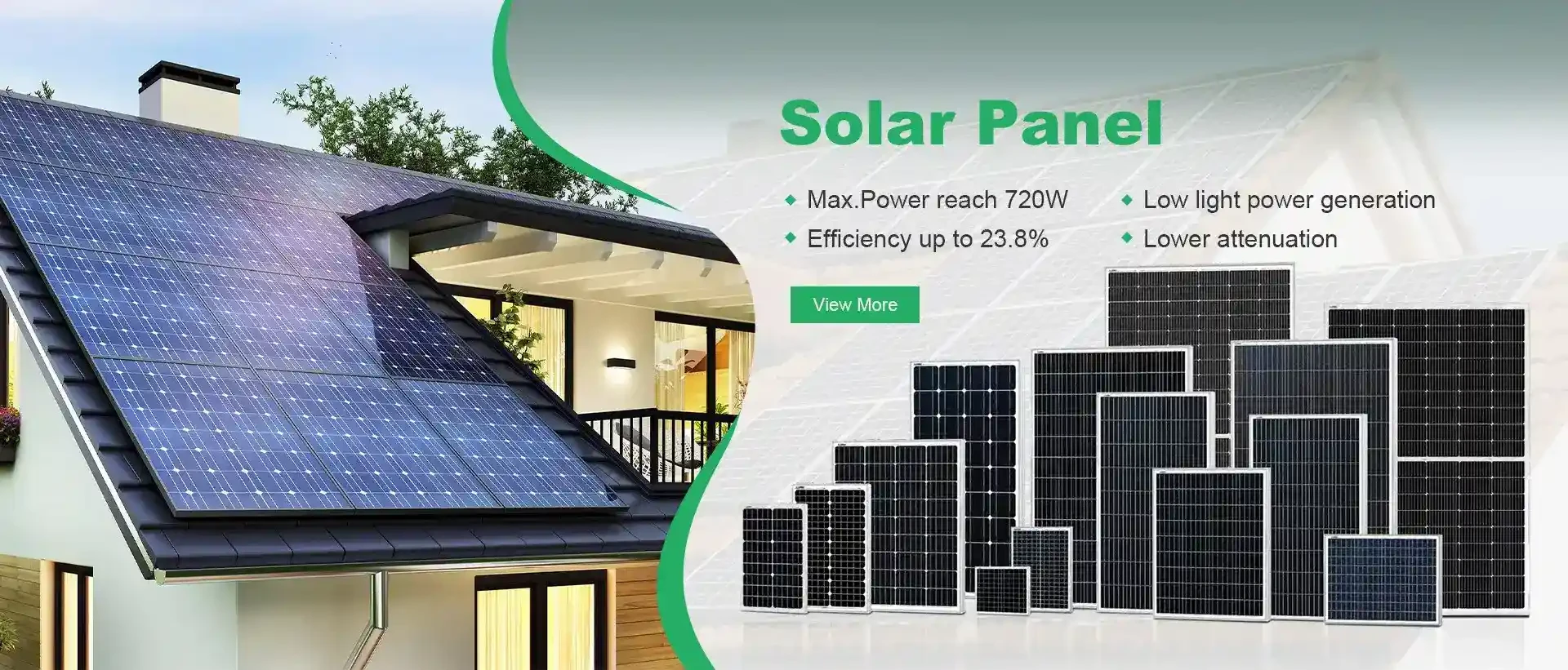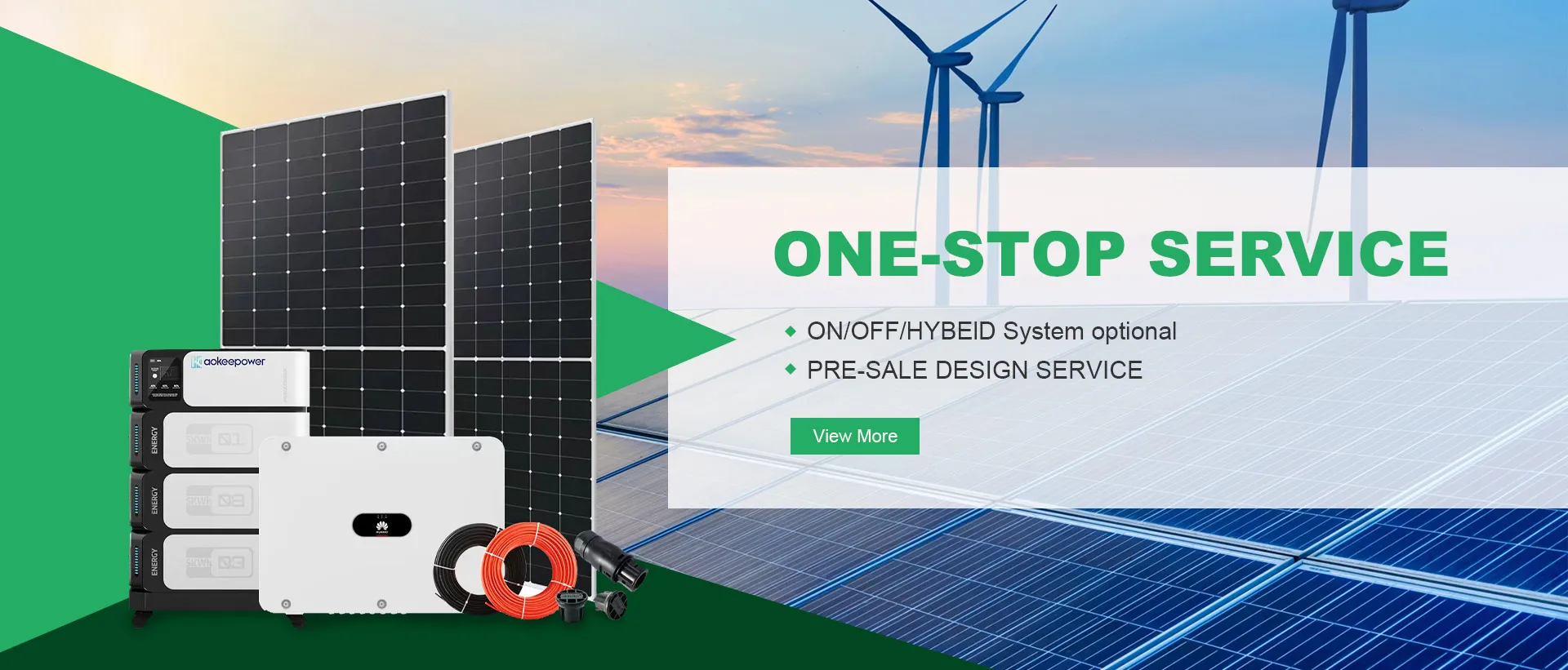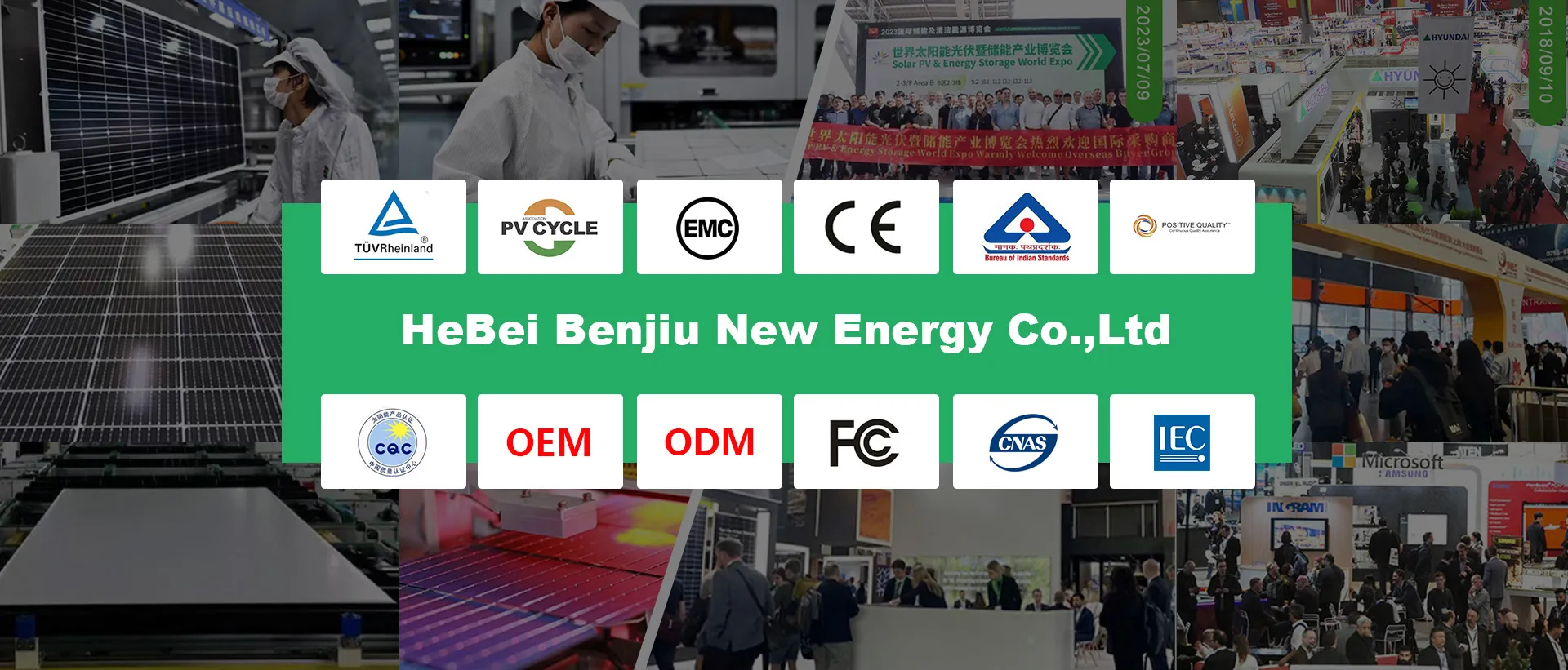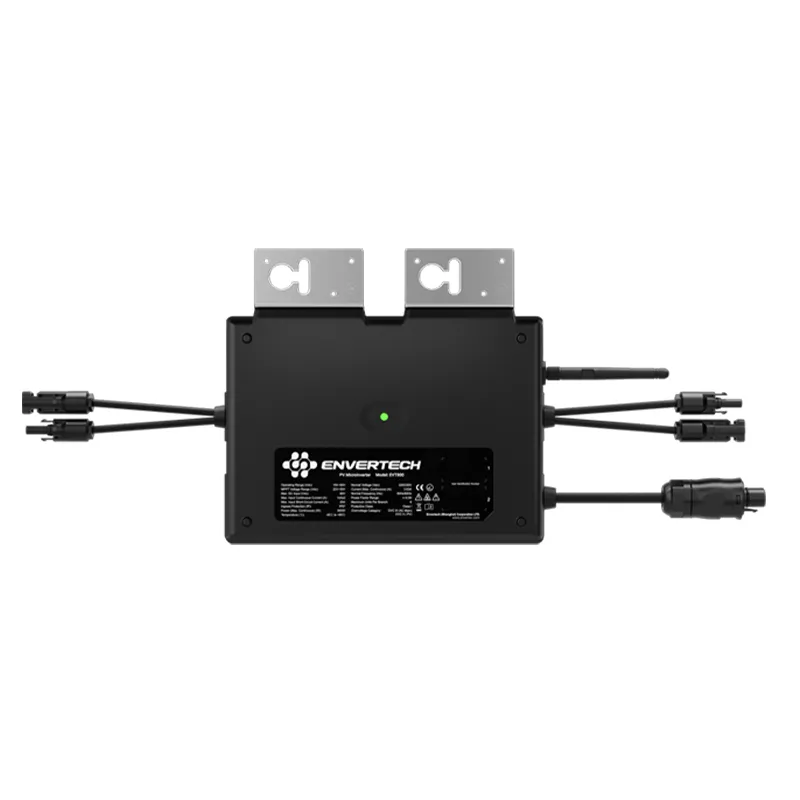Solar micro inverters are small inverters installed on individual solar panels, converting the direct current (DC) electricity generated by each panel into usable alternating current (AC) electricity. Unlike traditional string inverters, micro inverters operate independently, allowing each panel to perform at its maximum potential, minimizing the impact of shading or panel mismatch. This modular approach enhances energy production and system reliability, as well as simplifying installation and maintenance. Additionally, micro inverters enable panel-level monitoring, providing detailed insights into the performance of each solar panel, optimizing energy production, and simplifying troubleshooting.
Are Solar Panels With Micro Inverters Worth It?
Solar panels with micro inverters can be worth it for certain applications, as they offer advantages such as enhanced energy production, improved system reliability, and panel-level monitoring. The use of micro inverters can mitigate the impact of shading and panel mismatch, leading to increased overall energy yield. Additionally, the ability to monitor the performance of individual panels provides valuable insights for optimizing the system's output and simplifying maintenance. However, the decision to use solar panels with micro inverters should consider factors such as upfront costs, system size, and specific installation requirements to determine if the benefits align with the needs and goals of the solar project.
Is Microinverter Better Than Inverter?
The choice between microinverters and traditional inverters depends on specific project requirements. Microinverters offer advantages such as panel-level optimization and shading mitigation, making them suitable for complex or shaded installations. Traditional inverters may be more cost-effective for standard installations, but they can be prone to reduced output due to shading or panel mismatch. Ultimately, the decision should consider factors such as system size, shading conditions, and budget to determine which option best aligns with the project's needs and goals.




